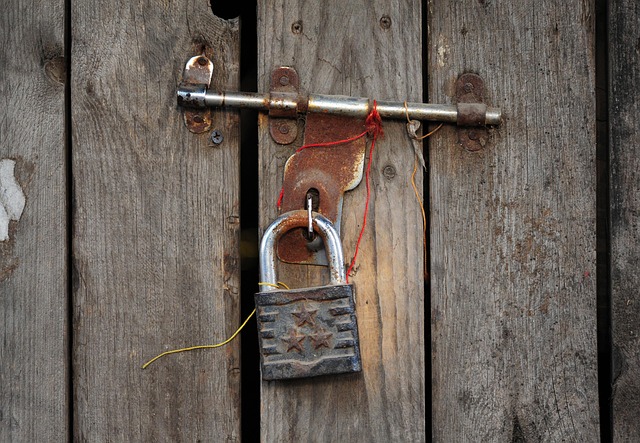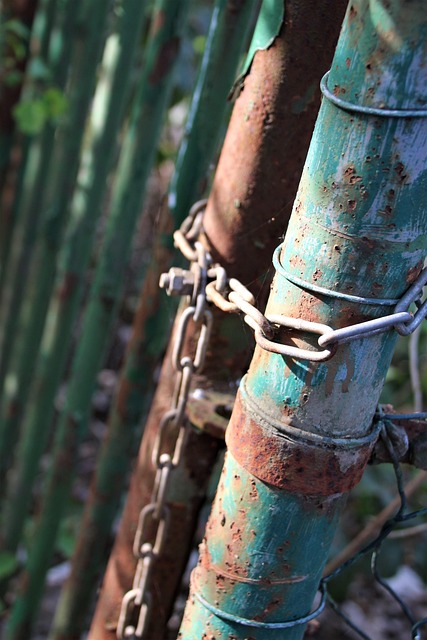Customizable Child-Safe Alarms: Enhancing Family Home Security

Motion sensors with customizable child-safe alarms have transformed home security, offering parents…….
Introduction
In today’s world, the safety of our children is paramount. With the rise of smart home technology, “Child-Safe Home Alarms” have emerged as a critical component in ensuring the well-being of young ones within the confines of their own homes. These sophisticated systems are designed to detect and alert caregivers to potential hazards that could harm a child. This article delves into the intricacies of child-safe home alarms, exploring their relevance, how they work, and their impact on global safety standards. By the end of this exploration, readers will have a comprehensive understanding of these systems and why they represent a significant advancement in protecting our most precious assets.
Understanding Child-Safe Home Alarms
Child-Safe Home Alarms are advanced monitoring systems specifically tailored to detect risks that are prevalent in homes with children. These alarms integrate sensors, motion detectors, carbon monoxide detectors, and other safety features that can alert parents or guardians to potential dangers such as falls, smoke, toxic gas leaks, and unsupervised pool access. The core components of a Child-Safe Home Alarm system typically include:
The historical context of child-safe home alarms dates back to the integration of basic safety devices into homes. Over time, technological advancements have led to more sophisticated systems capable of learning patterns and providing real-time data to parents or guardians. This evolution underscores the importance of staying abreast of technological developments to enhance home safety for children.
Global Impact and Trends
The global impact of Child-Safe Home Alarms is significant, as they are a growing concern in many countries. The demand for these systems has been influenced by:
In North America and Europe, these systems are widely adopted and continuously evolving with smart technology integration. In contrast, regions like Asia and Africa are rapidly catching up as disposable income increases and awareness of child safety grows. The trends suggest a universal concern for children’s safety, leading to the widespread adoption of these systems across different economic and cultural landscapes.
Economic Considerations
The economic aspects of Child-Safe Home Alarms are multifaceted. From a market dynamics perspective, there is a growing demand for these systems, which has led to increased competition among manufacturers. This competition drives innovation and cost reduction, making child-safe home alarms more accessible to a broader range of consumers.
Investment patterns in this sector reflect a focus on research and development, with significant funding allocated to improving the technology’s reliability and integration capabilities. Moreover, these systems contribute positively to economic systems by creating jobs in manufacturing, installation, and maintenance. They also offer long-term cost savings for families by potentially reducing medical expenses associated with child accidents.
Technological Advancements
The technological evolution of Child-Safe Home Alarms has been rapid and impressive. Key advancements include:
The impact of these advancements is profound, as they not only improve safety but also provide parents with peace of mind and the flexibility to monitor their children remotely. The future potential of these technologies includes more personalized systems that can predict and prevent accidents before they occur.
Policy and Regulation
Child-Safe Home Alarms operate within a complex web of policies and regulations designed to ensure consumer safety and privacy. These include:
The legislative framework governing child-safe home alarms is critical in driving innovation while ensuring consumer protection. It influences how these systems are designed, implemented, and marketed.
Challenges and Criticisms
Child-Safe Home Alarms face several challenges and criticisms that need to be addressed:
Addressing these issues requires ongoing collaboration between manufacturers, regulators, and consumers to ensure that child-safe home alarms remain effective and ethical safety solutions.
Case Studies
To illustrate the impact of Child-Safe Home Alarms, let’s consider two case studies:
These case studies highlight the real-world benefits and importance of Child-Safe Home Alarms in preventing accidents and keeping children safe.
Conclusion
Child-Safe Home Alarms represent a significant advancement in home safety, particularly for households with children. The integration of cutting-edge technology, the evolution of policies and regulations, and the global trend towards smarter and more connected homes have all contributed to their widespread adoption. As these systems continue to evolve, they will undoubtedly play an increasingly vital role in safeguarding our most precious assets: our children.

Motion sensors with customizable child-safe alarms have transformed home security, offering parents…….

Family-friendly alarm systems are designed to balance child safety with comfort, offering adjustable…….

Smart home alarms tailored for families with children offer advanced security solutions by integrati…….

Children are sensitive to sudden loud noises, which can cause fear, distress, and developmental issu…….

Tamper-proof alarms for kids combine advanced technology, such as motion sensors and machine learnin…….

Family-friendly alarm systems offer parents peace of mind by prioritizing child safety while securin…….